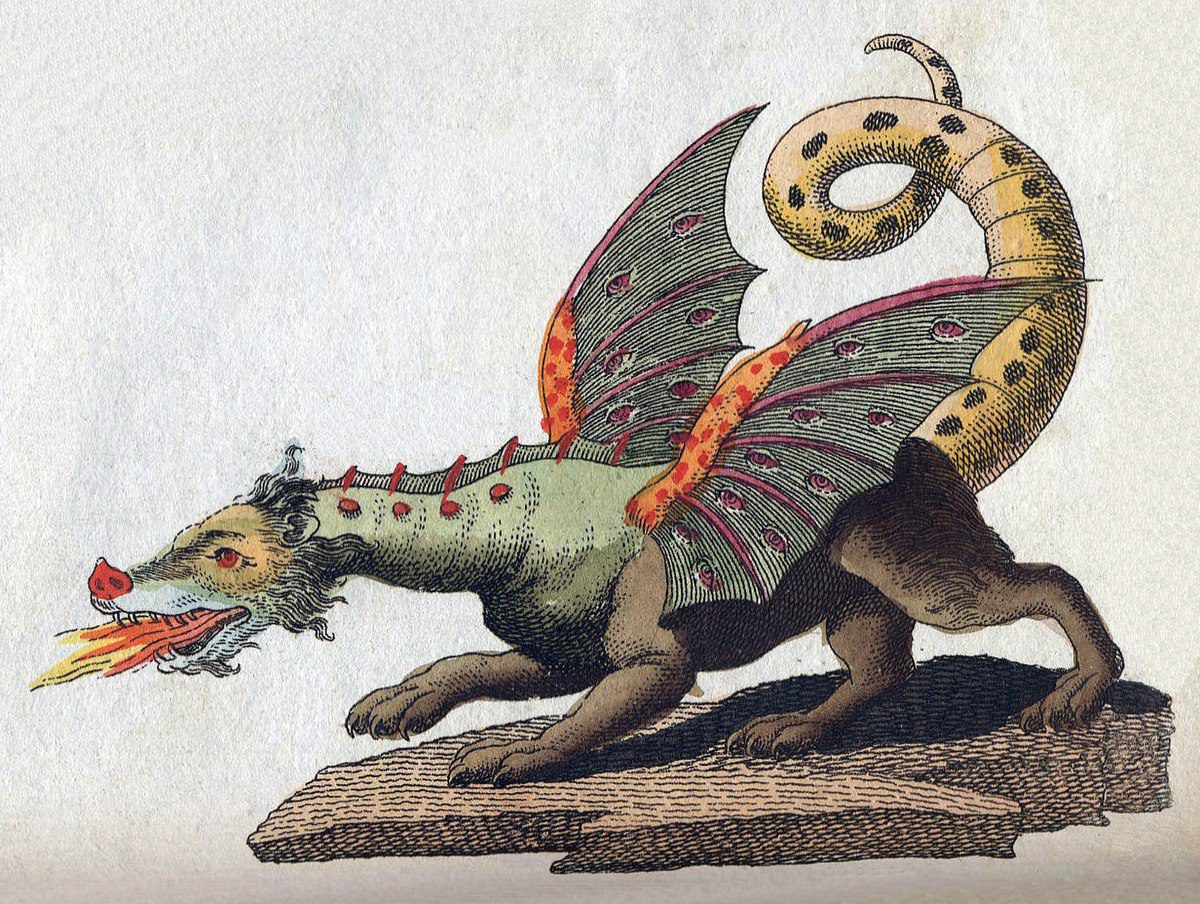Dragons and serpents are popular mythological beasts found in various cultures. Dragons are depicted as large winged reptiles that breathe fire and symbolize power and protection. In Western mythology, dragons hoard treasure and terrorize humans, while in Eastern mythology they bring prosperity and are associated with power. Serpents, often associated with deceit and evil, symbolize the underworld and transformation in many myths. In Greek mythology, the Hydra was a monstrous serpent slain by Hercules, while in Norse mythology, Jormungandr is a giant sea serpent destined to battle Thor during Ragnarok. Despite their differences, both creatures continue to be important figures in folklore and mythology.
The Mythological Beasts
Dragons and serpents are two popular mythological beasts that have appeared in various cultures and folklore throughout history. While both creatures are often depicted as powerful and mysterious beings, they have distinct characteristics and roles in different mythologies.
Dragons
Dragons are mythical creatures that are typically depicted as large, winged reptiles with the ability to breathe fire. They are often associated with power, wisdom, and protection. In many cultures, dragons are seen as symbols of strength and good fortune.
In Western mythology, dragons are often portrayed as fearsome creatures that hoard treasure and terrorize humans. The story of St. George and the Dragon, for example, is a popular folktale that portrays the brave knight slaying a monstrous dragon to save a princess.
In Eastern mythology, dragons are revered as benevolent beings that bring rain and prosperity. In Chinese culture, dragons are associated with the Emperor and are seen as symbols of power and authority.
Dragons in Different Cultures:
- European Dragons
- Chinese Dragons
- Japanese Dragons
Serpents
Serpents are snake-like creatures that are often associated with cunning, deceit, and evil in many mythologies. They are symbolically linked to the underworld, death, and transformation. In some cultures, serpents are also seen as symbols of fertility and regeneration.
In Greek mythology, the serpent-like creature known as the Hydra was a fearsome monster that Hercules had to defeat as one of his twelve labors. The Hydra had multiple heads that would regenerate when cut off, making it a formidable opponent.
In Norse mythology, the serpent Jormungandr is a giant sea serpent that encircles the world and is destined to clash with the thunder god Thor during Ragnarok, the final battle of the gods.
Serpents in Different Cultures:
- Greek Serpents
- Norse Serpents
- Native American Serpents
Conclusion
Dragons and serpents are mythical creatures that have captured the imagination of people around the world for centuries. While dragons are often seen as powerful and noble beings, serpents are often associated with darkness and danger. Despite their differences, both creatures continue to be important figures in folklore and mythology.
